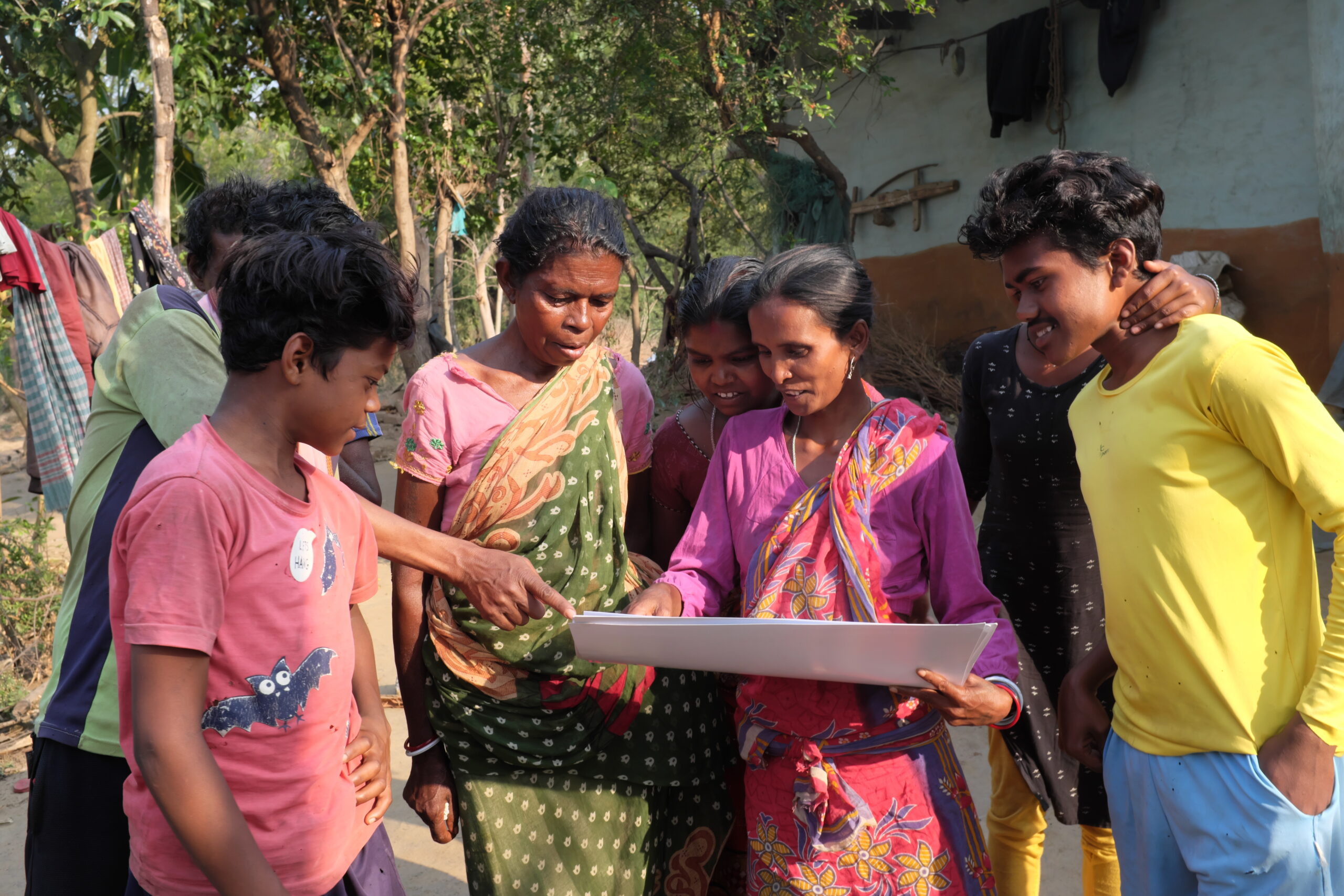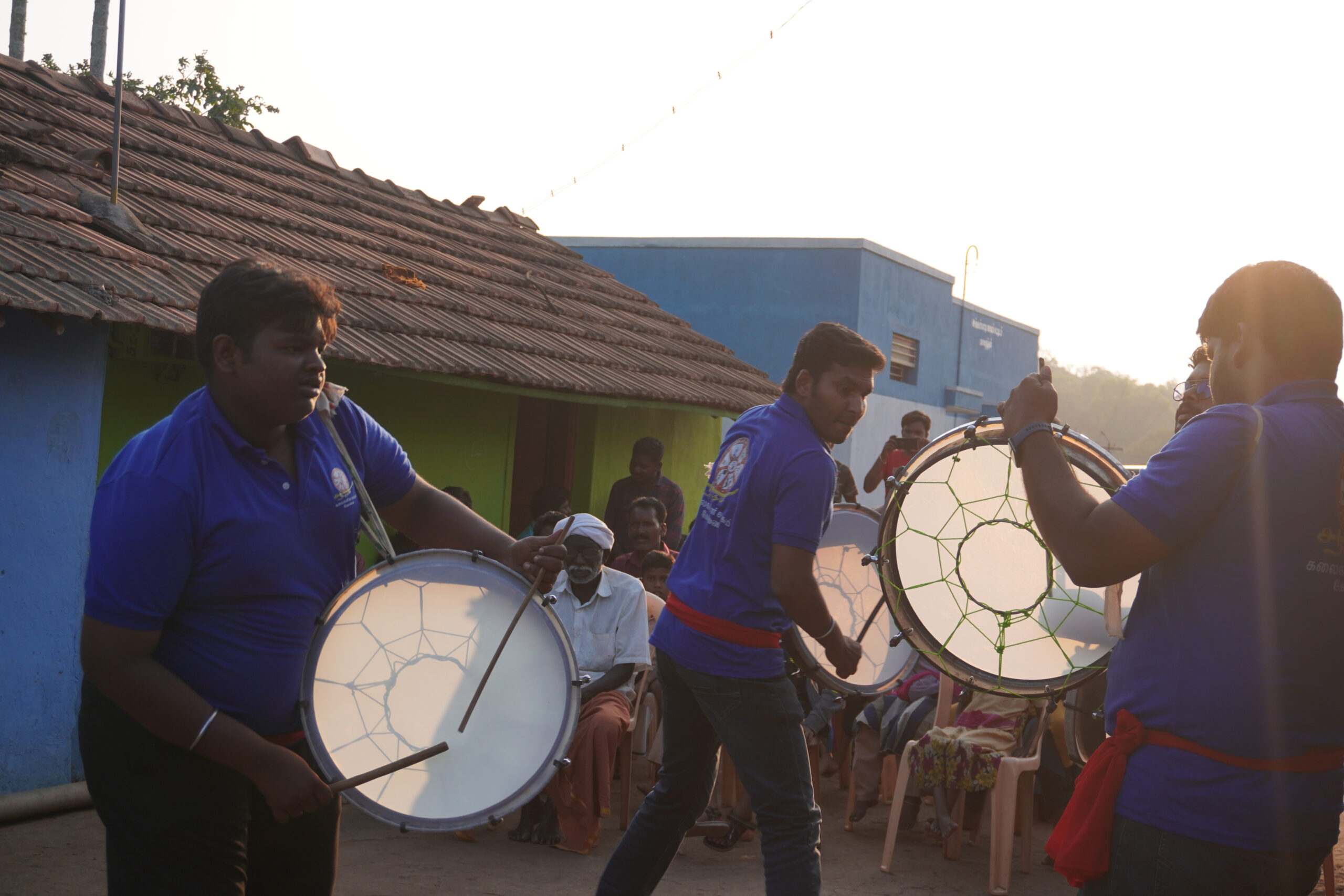“Research is what I’m doing when I don’t know what I’m doing.” Wernher von Braun
All research essentially begins with an exploration into the unknown. And so it was, for our students, who were now ensconced in their respective field sites, ready to delve into their research topics. There was a nervous excitement and anticipation as the students embarked into this new phase of actual field research. They were split into four groups (based on the four research topics already decided upon), and assigned the four field sites of Kotagiri, Sigur, Sathyamangalam and Pillur for a period of two weeks. The sites were assigned based on the feasibility of the research topic in that area. At the end of the two weeks, they would return back to the Keystone Foundation office at Kotagiri for a synthesis and culmination of the field explorations.
Health is always of paramount importance and more so in a landscape that juxtaposes traditional health systems/ practices with inroads made by modern conventional medical healthcare systems. This was what interested Ann and Mountish, who sought to understand pathways to health in two villages in Sigur through a combination of the community wellbeing survey card as well as a qualitative semi-structured interview to assess the perception of health as seen by the community. As part of the exploration process, they also visited a combination of local clinics and hospitals (both private and public) and NGOs working in the landscape in the area of health.
Migration and expanding urbanisation is a constant intrigue in modern India and the Nilgiris also had a story waiting to be told. This was the story of interest to Francis and Vasudha, who located themselves in Kotagiri as they explored the urban migration dynamics and patterns of tea workers in the Nilgiris. For their study, they chose to interview a range of stakeholders spanning across estate managers, factory owners, relevant government officials and well as the migrant workers in the tea factory, mostly around the Kotagiri area. Aside from data for their analysis, they were also in for other treats – personal stories of shepherds and workers in the tea estate and the generosity of the local public who were always willing to offer a cuppa.
No forest landscape research is complete without looking at the NTFP collection systems of the area. Jancy and Jitvan stayed on at Sathyamangalam to do just that. Their enquiry revolved around the governance aspects of NTFP collection in the area. They went to 3 villages in and around the tiger reserve trying to probe into the NTFPs collected and how the decision making process around it was organised. Needless to say, they bore the brunt of the bureaucracy entailed within the processes of obtaining permissions for research within any tiger reserve and learned the system, the hard way. Nevertheless, they were fortunate enough to hear mystical stories of magic charms and spells from a honey hunter who used it to protect himself from the vicious sting of the rock bees.
Changing landscapes necessitate changing livelihood patterns. The three musketeers, Agalya, Emaran and Sruthi decided to look into the domain of livelihoods in the Sathyamangalam area with a focus on types and dependencies. A daily one-way trip of around 3-4 hours to reach the villages, gave them a first-hand idea of how far or remote some of these places were. It also shed light on the changing faces of livelihoods in the wake of forest protection laws and markets. They were also treated to tasty ragi rottis and the goodwill of many an old lady in the villages they visited, forging pleasant memories.
Changing landscapes necessitate changing livelihood patterns. The three musketeers, Agalya, Emaran and Sruthi decided to look into the domain of livelihoods in the Sathyamangalam area with a focus on types and dependencies. A daily one-way trip of around 3-4 hours to reach the villages, gave them a first-hand idea of how far or remote some of these places were. It also shed light on the changing faces of livelihoods in the wake of forest protection laws and markets. They were also treated to tasty ragi rottis and the goodwill of many an old lady in the villages they visited, forging pleasant memories.
It was the eminent mammalogist and field biologist, George Schaller who observed succinctly that all of science and associated research would amount to nothing, if a deep and strong commitment and emotion from the heart was not involved at every step of the process. The students experienced this, first hand, no matter which site and area of research they were involved in. That the spirit of enquiry has to be sprinkled with liberal doses of genuine interest and respect for the community they interacted with, was evident to the students, from the generous responses they received from the people – be it acceptance of the newcomers or openness to share their stories and knowledge of the lands they lovingly call home. What the students came back with was far more than just data collected on questionnaire survey sheets. Their experience was enriched and replete with the murmurs of the land and its people, never to be erased from their memories.
By Sharada Ramadass

















